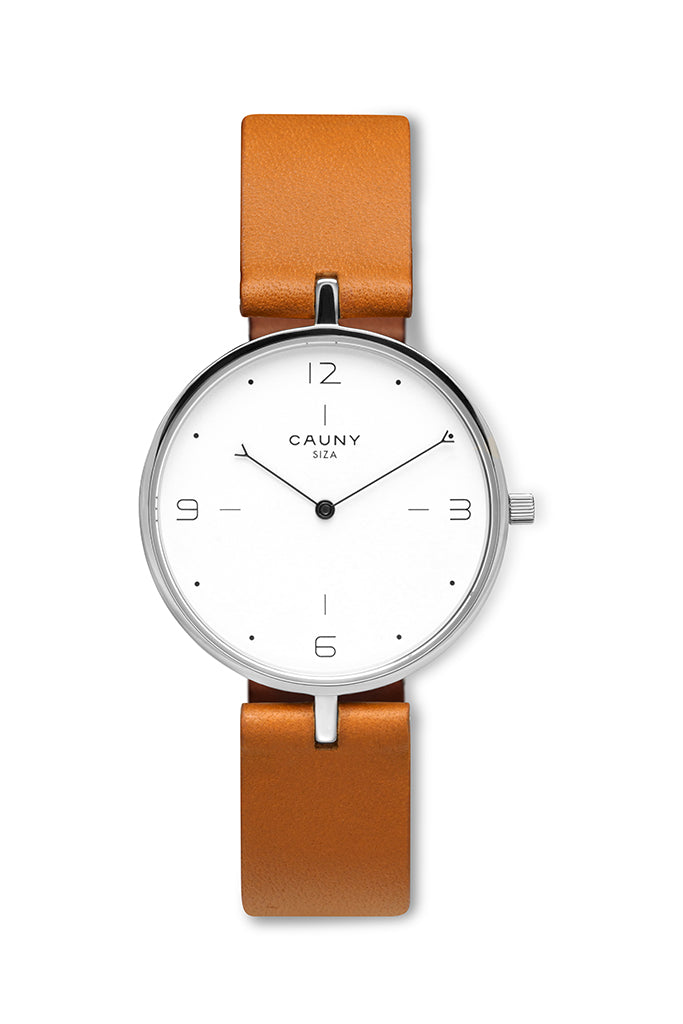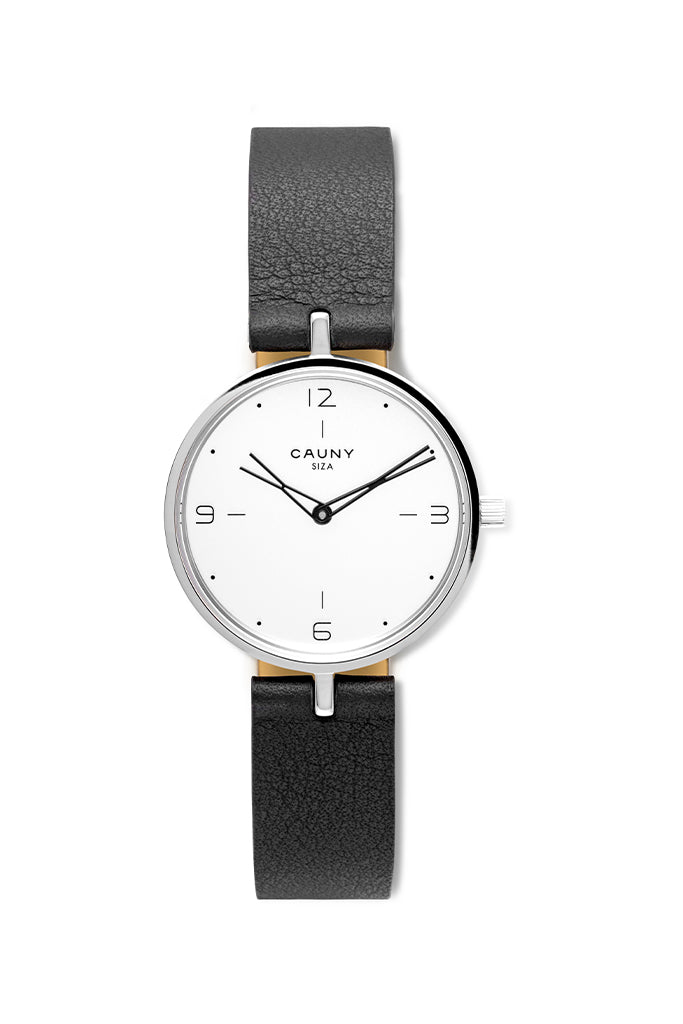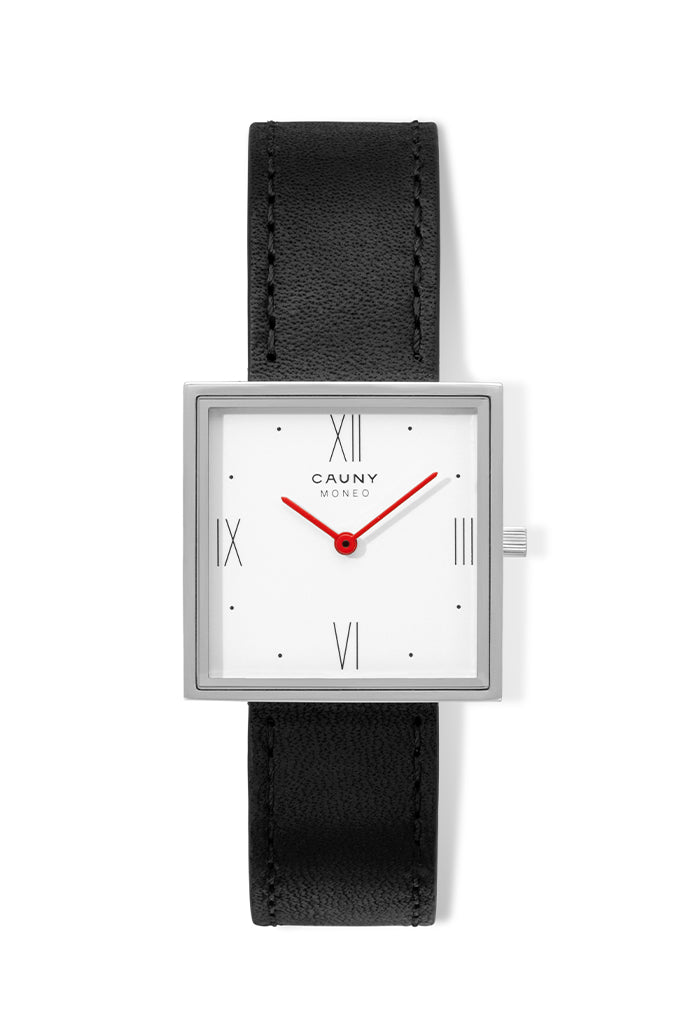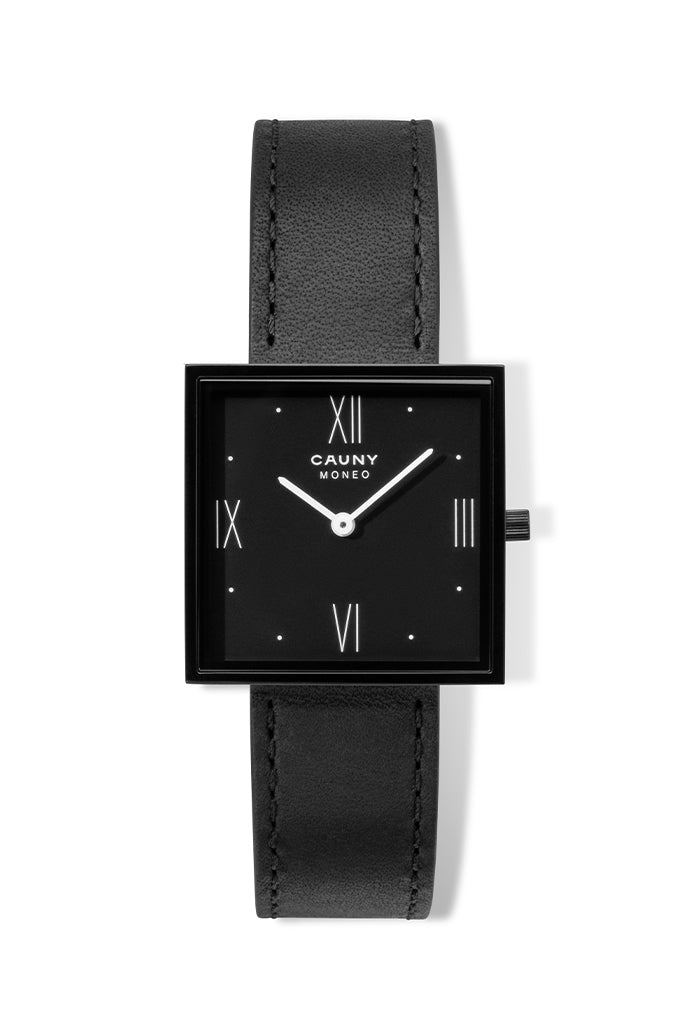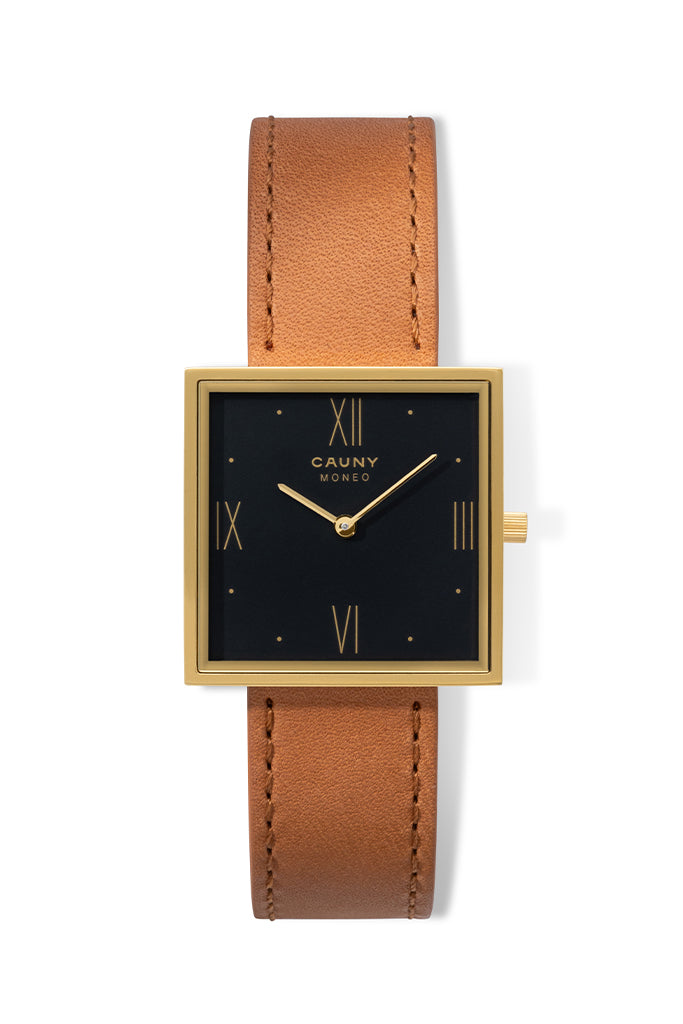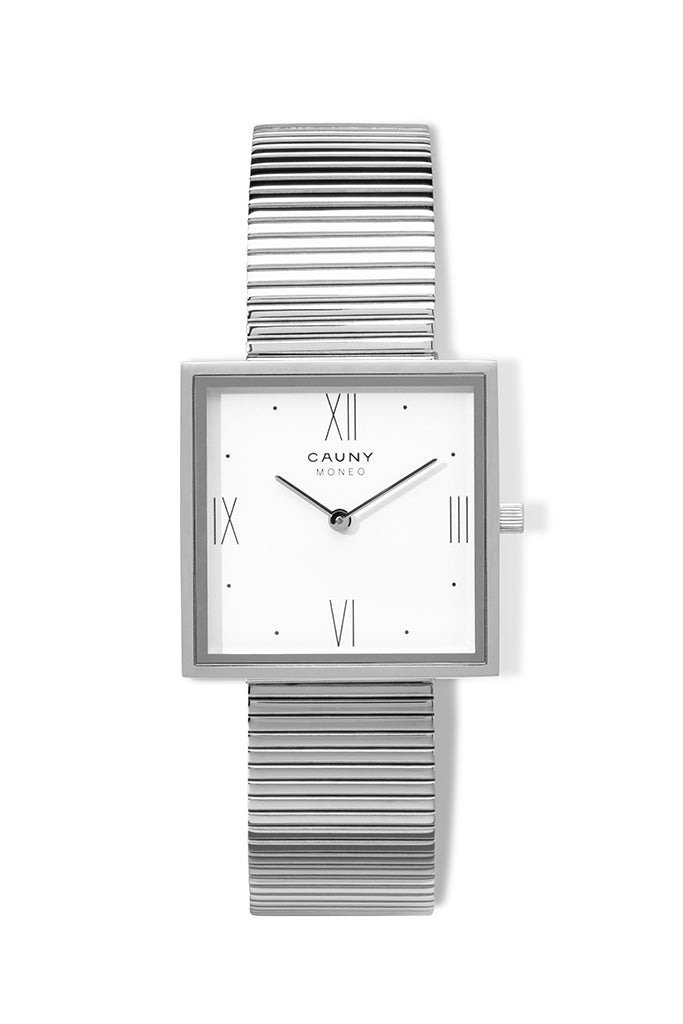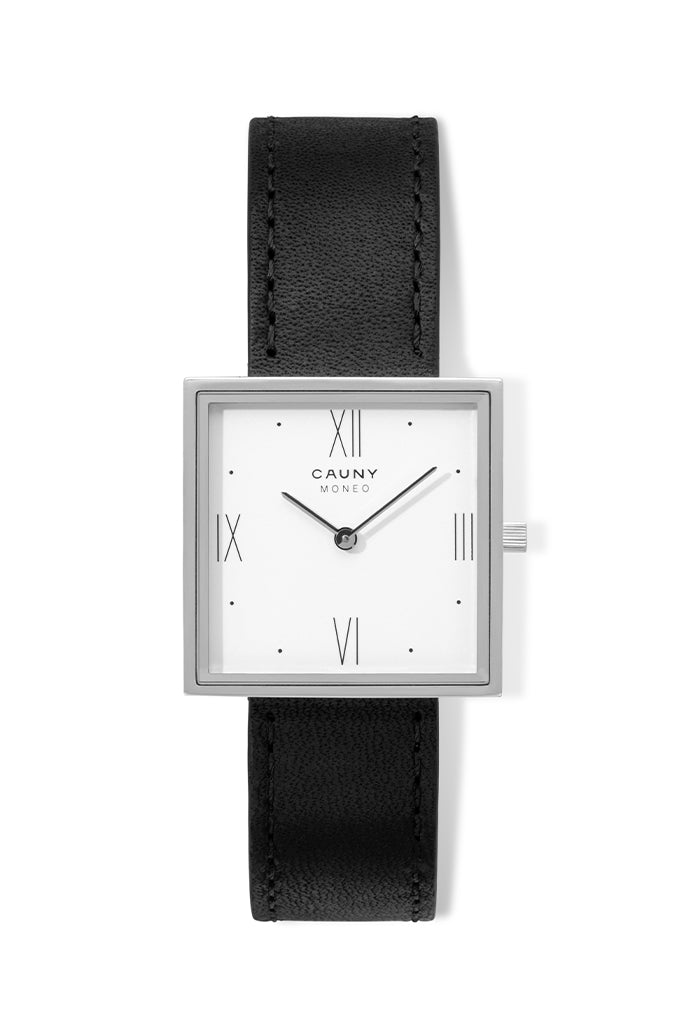Rafael Moneo was born in Tudela (Navarra) in 1937 and has been one of the most notable figures in the world of architecture in the last 50 years. He received the Pritzker Prize in 1996 for his entire work.
He studied at the School of Architecture in Madrid, where he graduated in 1961. After graduating, he worked in Denmark with Jørn Utzon, with whom he collaborated in the Sydney Opera House. In 1970, he obtained the Chair of Elements of Composition at the School of Architecture of Barcelona. In 1985, he was appointed Chairman of the Graduate School of Design at Harvard University.
He is the author of famous buildings such as the National Museum of Roman Art in Mérida, the Museum of Modern Art in Stockholm, the Museum of Fine Arts in Houston, the Kursaal Conference Centre and Auditorium in San Sebastián, the Expansion of the Prado Museum and the Atocha Station in Madrid or the Los Angeles Cathedral.
He has combined his intense practice of architecture with a long work of reflection and criticism. Several generations of architects have been influenced by his texts, among which his famous essay The Solitude of Buildings stands out. He wrote: “I prefer to think that architecture is the air that we breathe when buildings have reached their radical solitude.”
In addition to the Pritzker Prize, he received numerous awards, including the Royal Gold Medal of the Royal Institute of British Architects in 2003, the Prince of Asturias Award in 2012, the Praemium Imperiale of Japan in 2017 and the Golden Lion of the Venetian Biennale in 2021.






